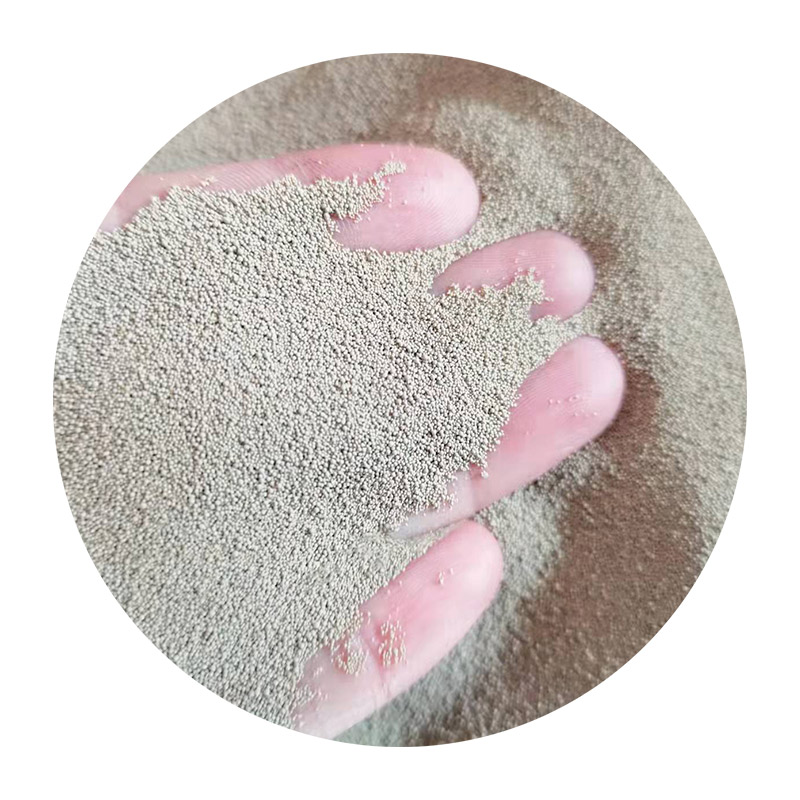How to Sand Resin A Step-by-Step Guide
Sanding resin can be a daunting task, but with the right techniques and tools, you can achieve a smooth, professional finish. Whether you’re working on a craft project, furniture, or artwork, effectively sanding resin is essential to achieving the desired result. This article will guide you through the process of sanding resin step by step, ensuring that you have the knowledge and confidence to tackle your projects.
Understanding Resin
Before diving into the sanding process, it’s crucial to understand the type of resin you’re working with. Epoxy resin is a popular choice among artists and DIY enthusiasts due to its clarity and strength. Polyester resin, on the other hand, is commonly used in industrial applications and can be more challenging to sand. Knowing your resin type will help you choose the right approach and tools for sanding.
Safety First
Sanding resin can create fine dust that is harmful to your health. Always wear a dust mask or respirator, safety goggles, and protective clothing to shield your skin from irritation. Ensure you are working in a well-ventilated area or use a dust collection system to minimize airborne particles.
Materials Needed
Before starting, gather the following materials - Sandpaper (various grits coarse, medium, fine) - Sanding block (or orbital sander for larger surfaces) - Water (for wet sanding) - Clean cloths - Dust mask - Safety goggles - Vacuum or dust collection system
Step-by-Step Guide to Sanding Resin
1. Initial Setup
Start by ensuring that your resin piece is fully cured. This may take anywhere from several hours to a few days, depending on the resin type and environment. Once cured, inspect the surface for any imperfections, such as bubbles, rough patches, or drips.
2. Start with Coarse Grit Sandpaper
Begin your sanding process with coarse grit sandpaper (around 80-120 grit). Attach it to a sanding block to ensure even pressure or use an orbital sander for larger pieces. Sand the surface in a circular motion or back and forth, applying moderate pressure to remove imperfections.
3. Inspect Your Work
how to sand resin

After sanding with coarse grit, wipe the surface with a clean cloth to remove dust and debris. Inspect the surface closely; it should feel smoother and more even. If there are still visible imperfections, repeat the sanding process until satisfied.
4. Move to Medium Grit Sandpaper
Once the coarse grit has done its job, switch to medium grit sandpaper (around 220-320 grit). This stage will further refine the surface, smoothing out any scratches left by the coarser sandpaper. Again, use the sanding block or orbital sander and continue in a circular motion.
5. Wet Sanding (Optional)
For an ultra-smooth finish, consider wet sanding. Wet sanding involves soaking your sandpaper (use fine grit, around 400-600) in water before sanding. This process reduces dust and helps create an excellent smooth finish. Be cautious not to saturate the resin too much, as excess water can cause damage.
6. Final Sanding with Fine Grit
After wet sanding, dry the piece completely before moving to fine grit sandpaper (around 1000-2000 grit). This will polish the surface and remove any remaining scratches. Use light pressure to avoid digging into the resin, and be diligent in ensuring even sanding across the entire surface.
7. Cleaning Up
Once satisfied with the sanding, clean the piece thoroughly. Use a damp cloth to remove any dust and residue. Allow it to dry completely before proceeding to any additional finishes, such as polishing or applying a protective coat.
Finishing Touches
After sanding, you may want to further enhance the resin’s appearance. Consider applying a polishing compound or a clear coat to achieve a glossy finish. This step not only improves aesthetics but also provides additional protection against scratches and UV damage.
Conclusion
Sanding resin is a meticulous process that requires patience and the right tools. By following these steps, you can transform your resin projects from rough to refined, achieving a beautiful finish. Remember to prioritize safety and take your time—great results are worth the effort! Happy sanding!
Post time:നവം . 08, 2024 06:21
Next:Understanding the Role of Parting Sand in Metal Casting Processes and Techniques
